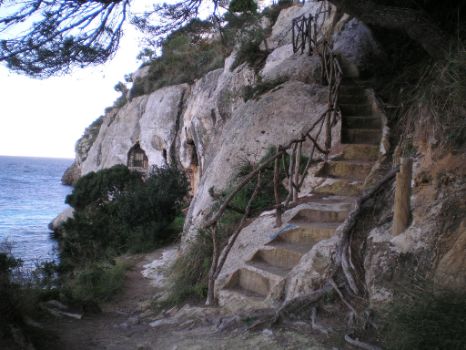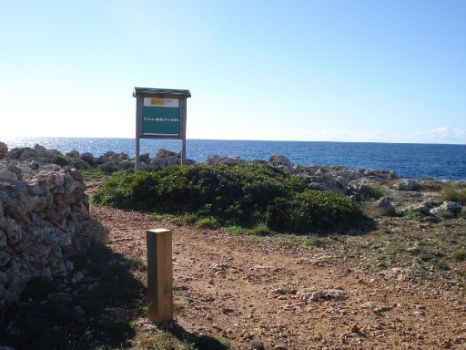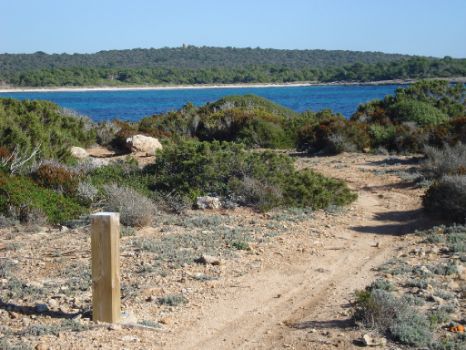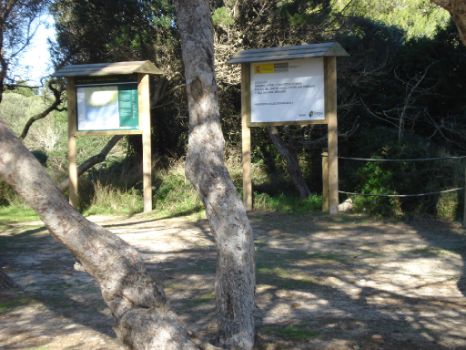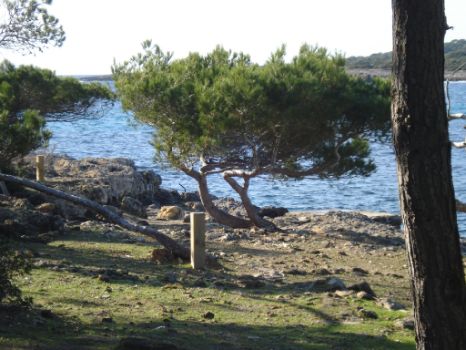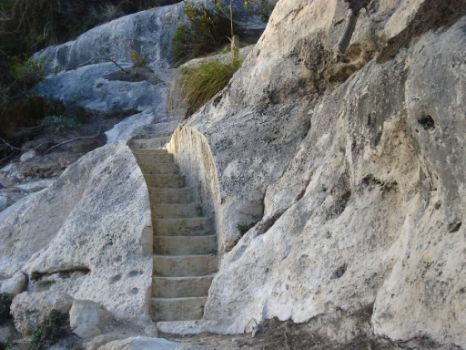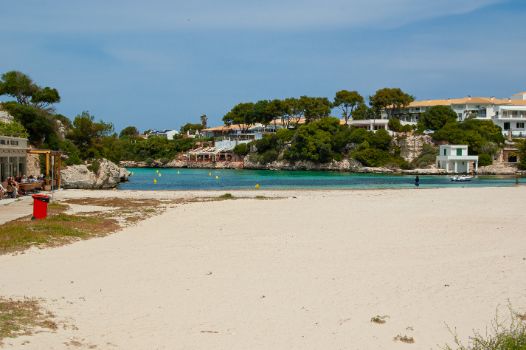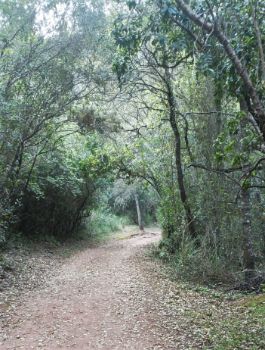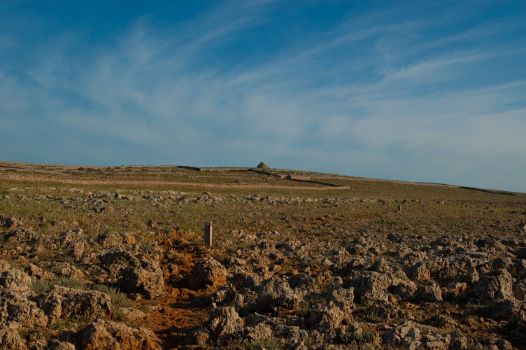
Net of Natural
Trails

Camí de Cavalls Nature Trail
Description
select a stage:

Stretching over than 185 kilometres along 20 stages, the Camí de Cavalls Nature Trail is the best way to get to know and discover the island of Menorca. This trail is a coastal path that crosses island's eight municipal districts (Maó, Es Mercadal, Ferreries, Ciutadella de Menorca, Es Migjorn Gran, Alaior, Sant Lluís and Es Castell) and its two main towns, Maó and Ciutadella.
The name of this Nature Trail, Camí de Cavalls, means the Horses’ Path in Catalan and takes its name the significance of Menorca’s native horses, not very tall and slender black breed, which are frequently seen grazing by the sides of the road.
The path runs across beautiful landscapes and spots of high natural value, such as the S’Albufera des Grau Natural Park and a good number of areas included in the Natura 2000 Network as SCIs (Sites of Community Importance) or SPAs (Special Protection Areas for Birds), which is a proof the great environmental value of the area. The entire island of Menorca was declared a Biosphere Reserve by UNESCO in 1993 for a reason.
However, Menorca has much more to offer than its landscapes and natural wealth. Its strategic location as a gateway to the Mediterranean has meant that many cultures arrived and settled on the island: Phoenicians, Greeks, Carthaginians (who founded Jamma, which became today’s Ciutadelle, and Magon, present Maó), Romans (who created Sanicera in the port of Sanitja) and Vandals. Many toponyms are proof that the island was an Arab enclave for centuries, until its conquest by Christian King Alfonso III of Aragon. It was even under British rule in the 18th century. All these different cultures have left their mark on the island.
But if there is an aspect for which Menorca stands out, it is its rich prehistoric heritage, specifically the that from the Talaiotic culture which is exclusive to Menorca and Mallorca, and boast certain structures, such as the T-shaped taulas or the inverted-boat-shaped navetas, that can only be seen here. In 2023, some of the island's most characteristic prehistoric sites were declared a World Heritage Site by UNESCO, under the name of "Prehistoric Sites of Talaiotic Menorca".
This route originally had defensive functions, serving to watch over and protect the island from the many people who wanted to conquer it, as well as to communicate the different defensive constructions that can still be found today along the Menorcan coastline.
Today, hikers, cyclists and horse riders enjoy this eminently coastal route, which allows them to visit the spectacular coves and beaches of Menorca, as well many other natural landscapes and sites of cultural heritage that will make long-lasting memories for those who visit.



